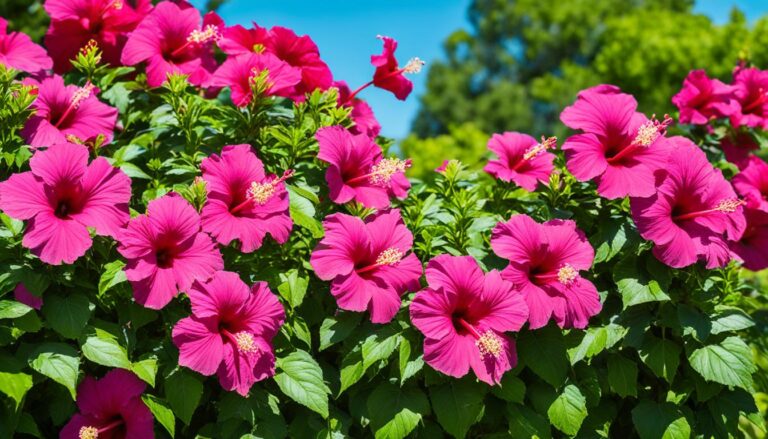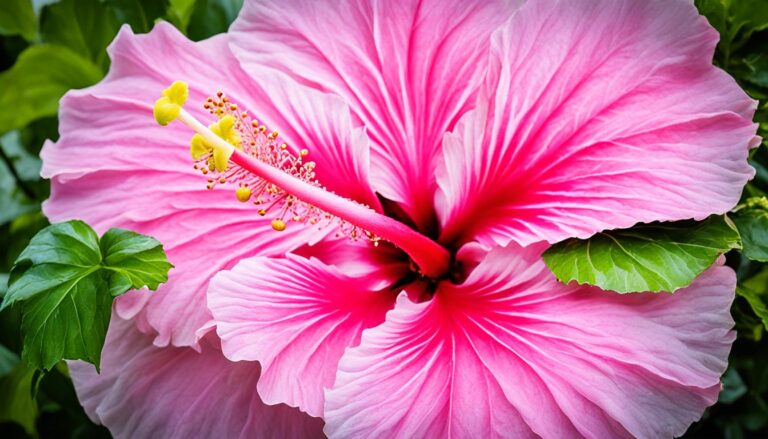Hibiscus Pruning Techniques – Your Ultimate Guide
Pruning is an essential practice for hibiscus lovers who want to maintain vibrant and healthy plants. As a passionate gardener with over seven years of experience, I’ve nurtured numerous types of hibiscus in my garden. I can attest that the right pruning techniques can significantly enhance your hibiscus plants’ growth and blooming potential.
Whether you’re a seasoned gardener or just starting, this article will provide practical guidance on effective pruning techniques for hibiscus plants.
Understanding Hibiscus Plants

Before diving into pruning techniques, it’s crucial to understand the different types of hibiscus and their growth cycles.
Types of Hibiscus: Tropical vs. Hardy
There are two primary types of hibiscus:
- Tropical Hibiscus (Hibiscus rosa-sinensis): These plants thrive in warm climates and are known for their vibrant, exotic blooms.
- Hardy Hibiscus (Hibiscus moscheutos): These are more resilient to colder climates and produce large, striking flowers.
For more on distinguishing between the two, check out our guide on how to tell if hibiscus is hardy or tropical.
The Growth Cycle of Hibiscus
Hibiscus plants typically have a growth cycle that includes:
- Dormancy (Late Fall to Winter): Growth slows down, and some leaves may drop.
- Active Growth (Spring to Early Summer): New leaves and branches emerge, requiring more nutrients.
- Peak Bloom (Mid to Late Summer): Abundant flowers appear, and the plant reaches its most vibrant state.
Understanding this cycle helps in determining the best time for pruning.
The Benefits of Pruning Hibiscus

Pruning hibiscus plants offers several advantages:
- Encourages Healthy Growth: Removing dead or diseased branches allows the plant to focus energy on new growth.
- Enhances Blooming: Proper pruning can lead to more abundant and larger flowers.
- Shapes the Plant: Maintains the desired size and shape for aesthetic appeal.
For general care tips, refer to our hibiscus plant care guide.
When to Prune Hibiscus
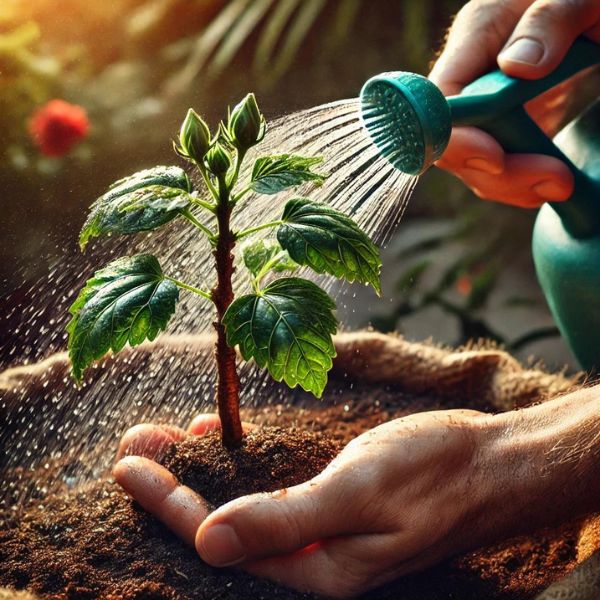
Timing is crucial when it comes to pruning hibiscus. Here’s what you need to know:
- Tropical Hibiscus: Best pruned in early spring before new growth starts.
- Hardy Hibiscus: Pruning can be done in late fall after the plant has gone dormant or in early spring before new growth.
Climate Considerations
Different climates can affect pruning schedules. For instance, in warmer regions like South Florida, pruning can be done almost year-round. Learn more in our article on the best time to trim hibiscus in South Florida.
Tools You Will Need
Having the right tools is essential for effective pruning. Here’s a quick checklist of what you’ll need:
- Pruning Shears: Sharp and clean for precise cuts.
- Gloves: Protect your hands from thorns and sharp branches.
- Disinfectant: Clean tools before and after use to prevent disease spread.
| Tool | Purpose |
|---|---|
| Pruning Shears | Making clean cuts on branches |
| Gloves | Hand protection |
| Disinfectant | Sterilizing tools to prevent disease |
Step-by-Step Pruning Techniques
Preparation
- Inspect the Plant: Look for dead, diseased, or damaged branches.
- Sanitize Tools: Clean your tools with disinfectant to prevent infections.
Basic Pruning
- Remove Dead or Diseased Branches: Cut back to healthy tissue to prevent disease spread.
- Thin Out Overcrowded Areas: This allows for better air circulation and light penetration.
Shaping Pruning
Maintaining the desired shape and size of your hibiscus plant involves careful cuts.
- Cut at an Angle: Make cuts at a 45-degree angle just above a leaf node.
- Step Back and Assess: Frequently step back to see the overall shape of the plant.
For specific size guidelines, see our article on hibiscus plant height and width.
Pinching and Tipping
Pinching and tipping are techniques to encourage bushier growth.
- Pinching: Use your fingers to remove the tips of new growth.
- Tipping: Cut back the tips of branches to promote side shoots.
Common Mistakes to Avoid
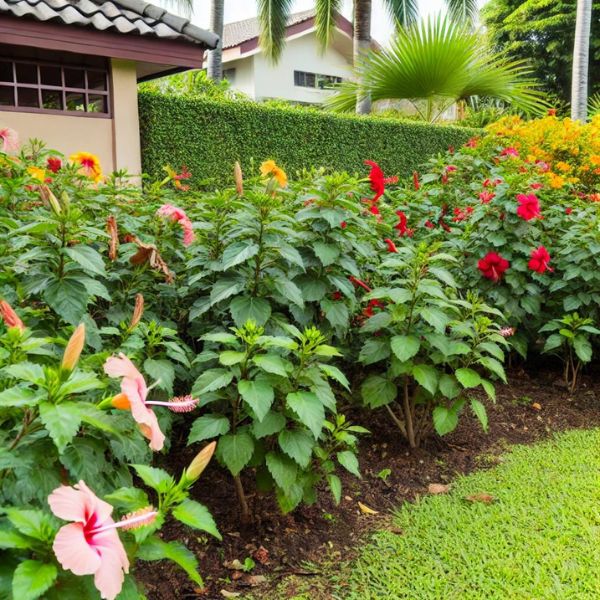
Even experienced gardeners can make mistakes. Here are some common pitfalls to watch out for:
- Over-pruning: Removing too much can stress the plant.
- Using Dirty or Dull Tools: This can cause damage and spread disease.
- Pruning at the Wrong Time: Timing is crucial for optimal growth.
Aftercare and Maintenance
Proper aftercare ensures your hibiscus recovers well from pruning.
Watering
- Immediately After Pruning: Water deeply to help the plant recover.
- Regular Maintenance: Keep the soil moist but not waterlogged.
Fertilization
- Post-Pruning: Apply a balanced fertilizer to support new growth.
- Regular Feeding: Follow a feeding schedule for continuous health.
For more on fertilizing, see our guide on the optimal timing to fertilize hibiscus in Florida.
Special Pruning Considerations for Different Hibiscus Varieties
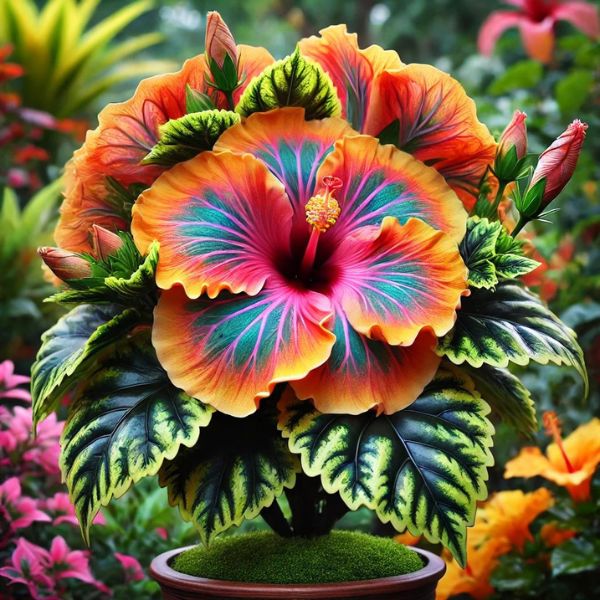
Tropical vs. Hardy Varieties
Different varieties may require unique pruning approaches. Tropical hibiscus may need more frequent pruning than hardy varieties.
Unique Requirements
Certain hibiscus types, like braided or bonsai hibiscus, have specific needs.
- Braided Hibiscus: Maintain the braid structure while pruning.
- Bonsai Hibiscus: Follow bonsai pruning techniques for shaping.
For detailed care guides, explore our articles on braided hibiscus tree care and hibiscus bonsai care.
Conclusion
Pruning is an art that can significantly enhance the beauty and health of your hibiscus plants. By following the techniques outlined above, you can ensure your plants thrive and produce stunning blooms. Personally, I’ve seen my hibiscus plants flourish with regular and proper pruning. It’s a rewarding practice that brings out the best in these gorgeous plants.
If you have any questions or want to share your own pruning experiences, feel free to comment below. Happy gardening!
Additional Resources
For further reading and tips, check out these articles:
- Yellow Hibiscus Flower: Learn about this stunning variety
- Growing Hibiscus Indoors: Tips for Indoor Care
- Snow Queen Hibiscus: Unique features and care tips
Thank you for reading, and I hope this guide helps you master the art of hibiscus pruning!




